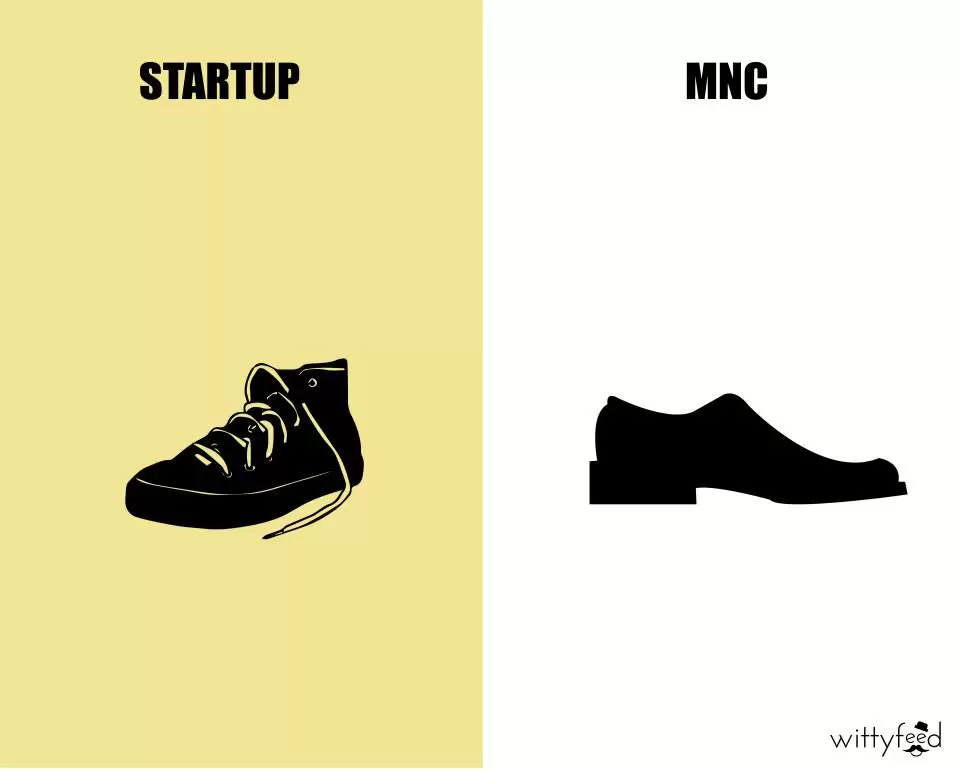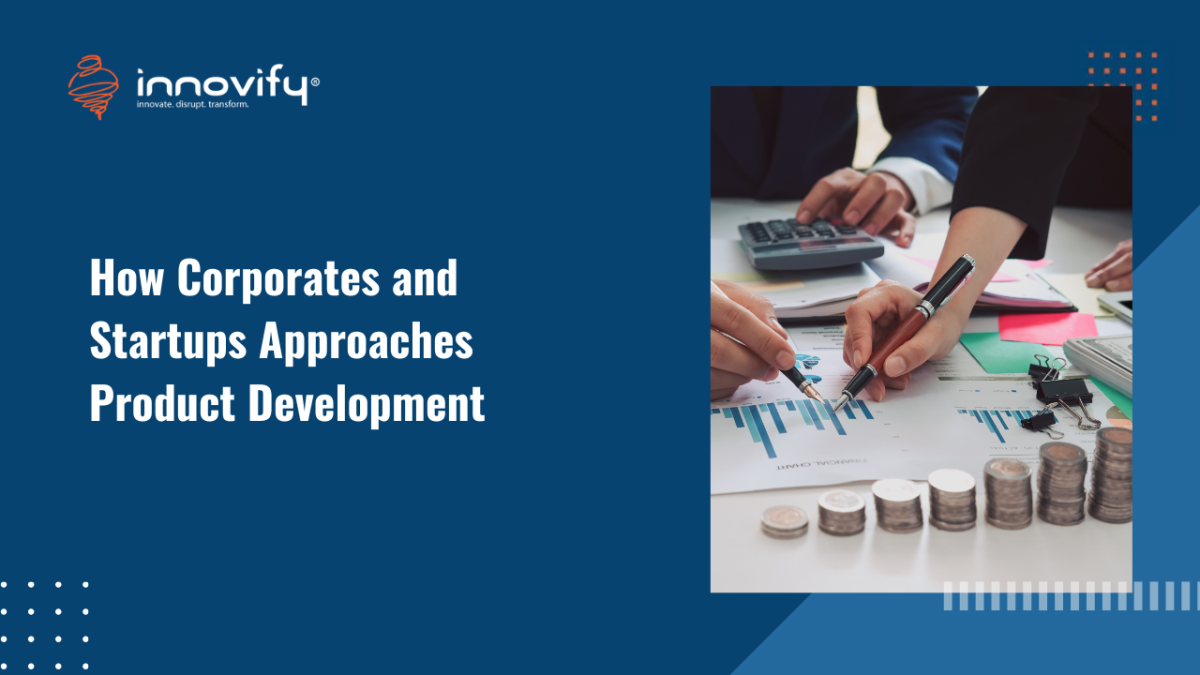AI/ML
How Corporates and Startups Approaches Product Development
I have worked with both corporates and startups as the product guy and there are a lot of difference in the way how it is done at each. I have tried to summarize it in the following table. Please note that there is no clear demarcation between the approaches highlighted but they are more inclinations.

ITEM |
CORPORATES |
STARTUPS |
|---|---|---|
| 1.Identifying the need of a new product | Typically, they would have the strategic team deciding to develop a new product. However, before they decide, they will conduct a large scale market research, strategic planning, user research, etc. | Typically, the founders experience the need themselves and they perform a basic research before deciding to develop a new product. |
| 2.Initiation | Having identified the need, they would then start planning for it before a full-fledged development. A product manager would be appointed and he would be tasked to create a business case for the new product. | Entrepreneur either start doing it themselves with support from their network. No detailed business case is done, but a basic research and analysis is done to assess if it is worthwhile to pursue the opportunity. |
| 3.Approval | A strategic committee would either approve the development or not depending on business case and their business priorities. | There is no committee. It’s the founder and his founding team, if there is one, makes the decision quickly. |
| 4.MVP | Many old style corporate don’t have the concept of MVP. Once approved, they just want to get the product done completely. Even their MVPs are more like finished products. | MVP is very important for startup. They build the MVP, conduct the user research and then improve on it or pivot. |
| 5.Innovation | Low. Many corporate do produce a lot of innovative products. However, they do spend a lot of resources on it. | High. Startups by definition needs to be highly innovative. It doesn’t need to be technical innovation, but could be service or business model. Unlike corporates they have less resources to spend and thus the innovation output has to be higher, much higher. If they are not innovative, they would not succeed. |
| 6.Pivoting | Not often and not much. | As, when and as much as is required until the product is accepted by the market. |
| 7.Scrapping | Corporate are more comfortable to scrap the product as they have a portfolio of products to select from. | Startups typically have one or a very few products and hence scrapping the project is not really an option. Instead they pivot. |
| 8.Methodology | More waterfall, although there are highly agile org. They still have a lot of waterfall style governance and gates. | Mostly agile with little governance and gates. |
| 9.Risk Attitude | Conservative | Aggressive |
| 10.Measurements | More data less intuition. A large number of metrics are captured to create a number of reports and dashboards as the measure of success or failure. | More intuition than data. Only the required metrics are captured and measured. |
| 11.User research and acceptance | Typically appoint agencies to do it for them. Product managers and developers don’t really engage with the end users. | Founders engage directly with their users, bringing first-hand feedback to the development team. |
| 12.Market Launch | Grand for new products, with high marketing plans. | Slow and organic. A lot of word-of-mouth that aggressive marketing. |
| 13.Roles | Specialised. Even the product managers are specialist within their domain. | Masters of all. They are not just jack of all trades, but continuously mastering new skills, domains and technologies. |
| 14.Integrations | 3rd party integrations are mostly with paid packages. | 3rd party integrations are mostly with free packages. |
| 15.Programme Management | Corporate typically have programmes within which the products are planned. | What the hell is a programme? |
| 16.Responsiveness | Low and slow. User feedback would go through a series of gates (customer service, 3rd level support, triage, planning, fixing, testing, release, communicate) before the addressed. | High and fast. User feedback would be directly to the founders who prioritise them quickly with a faster build and release. |
| 17.Communication | Emails, documents, etc. Though they have scrum walls, they still rely a lot on documentation. | Verbal and more face to face. Drawings all over the walls. |
Innovify is a fast growing digital innovation & product management company.
Offering a wide range of expertise, Innovify helps clients to develop innovative products that enable them to focus on key business drivers using a collaborative work model that functions on an Agile & Lean philosophy. Innovify has become a trusted partner to its clients by going beyond the typical scope of application development through a range of digital products such as websites, apps, and software.
Innovify is the right partner for your digital ambitions.




